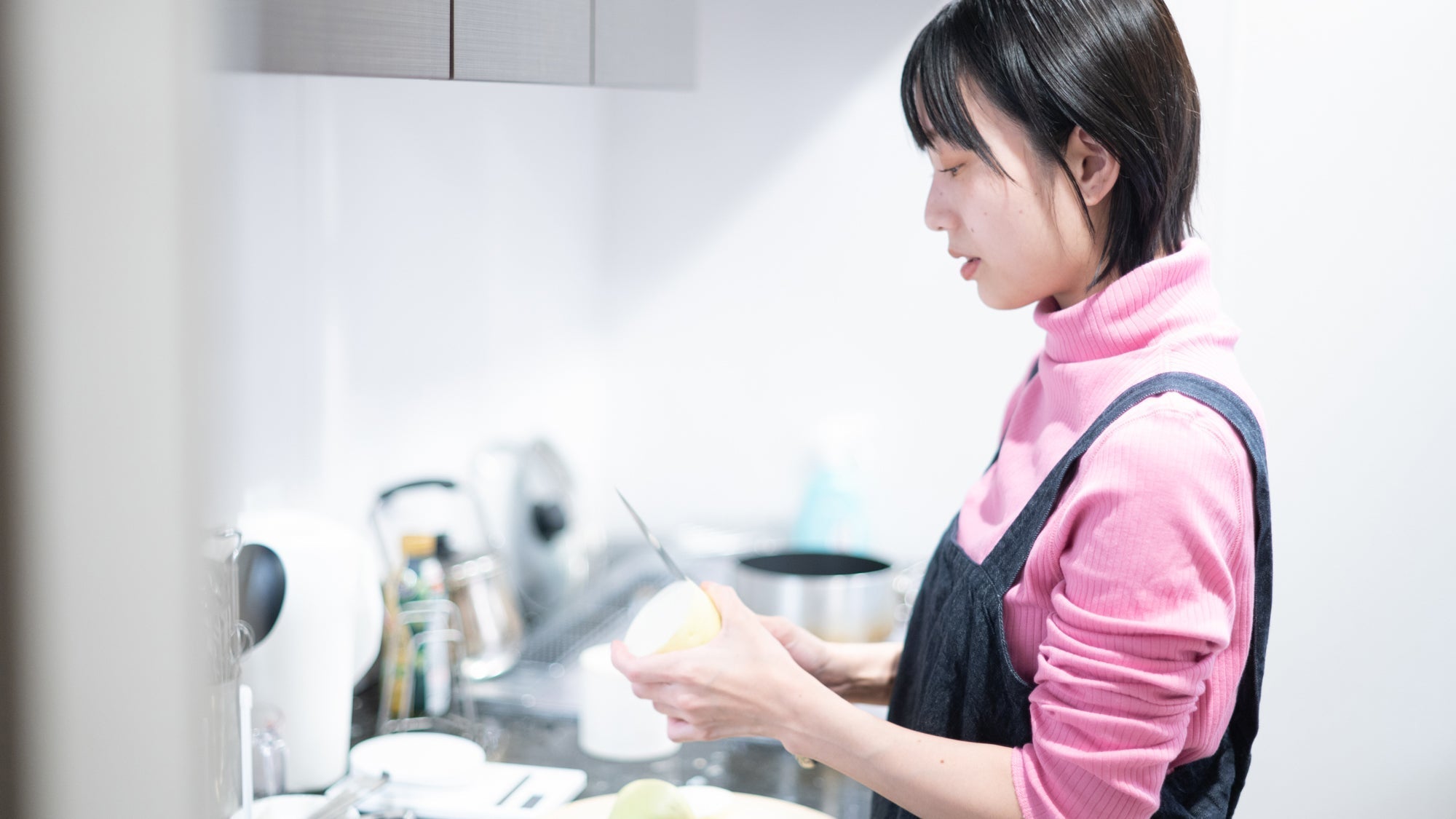
Recipe for Success: Hasegawa Akari's Secret to Delicious Meals
Written by Team MUSUBI
Hasegawa Akari, a home cooking expert, is currently the talk of Japanese social media. Her fresh take on Japanese home cooking, appealing to a wide audience, has earned her over 300,000 followers on X. She's pioneering a new wave in traditional Japanese kitchens with her wide variety of dishes that are tasty, stylish and not tiring to make.
In the first part of our interview , we explored her path to becoming a home cooking expert and her rise to popularity. This second part focuses on her recipe ideas, ingredients, and her culinary experiences during visits to America.
Table of contents
Where Do Her Recipe Ideas Come From?

However, she believes the recipes need a touch of glamour.
"While glamorous dishes are often appealing, finding a balance with everyday taste is key. I find incorporating Japanese elements often works well for achieving this balance."

The Excitement of Ingredient Combinations
"At high-end sushi places, you find kobujime, raw fish sandwiched between kelp, or sushi with spices like sansho or matcha salt. I look for flavors that add depth, making the taste multidimensional much like the finishing aromatic spray in French cuisine. This final touch can transform the flavor, making you feel like a culinary genius."
Her recipes often include a final squeeze of lemon or a dash of yuzu pepper for flavor. This extra step makes her dishes more interesting – effortless but not simple.
Cooking in America
"The meat wasn't thinly sliced, and chicken breast came in large quantities. But surprisingly, cooking in that environment was comforting. When choices are limited, you get creative, and I found joy in that, cooking three meals a day."
Furthermore, she mentions that encountering herbs during that time significantly influenced her current cooking style. "The landlord had a garden with herbs I could freely pick. I started incorporating these herbs into the Japanese dishes I usually made. For example, simply adding herbs to my usual stewed dishes made them taste incredibly delicious. Those experiences might have blurred the lines between Japanese and Western cuisine for me."

During her visits to LA and Seattle in 2023, she enjoyed the vegetable displays in supermarkets and cooked mainly with salt she brought from Japan.
"In cities like LA and Seattle, I found few establishments serving everyday Japanese home cooking. There are expensive Japanese restaurants, but I always think there should be more casual options for enjoying Japanese cuisine that tastes similar to home cooking."

Hasegawa, determined to spread Japanese home cooking worldwide, believes in the importance of cooking "healthy, ingredient-focused, and comforting" meals for oneself and loved ones, guiding a broader community towards improved health. This conviction is not just confined to Japan but is spreading globally, as I firmly realized during our conversation.















Leave a comment
This site is protected by hCaptcha and the hCaptcha Privacy Policy and Terms of Service apply.